Cedarhedge Turns 150
Let's Talk > Read our stories > Cedarhedge Turns 150

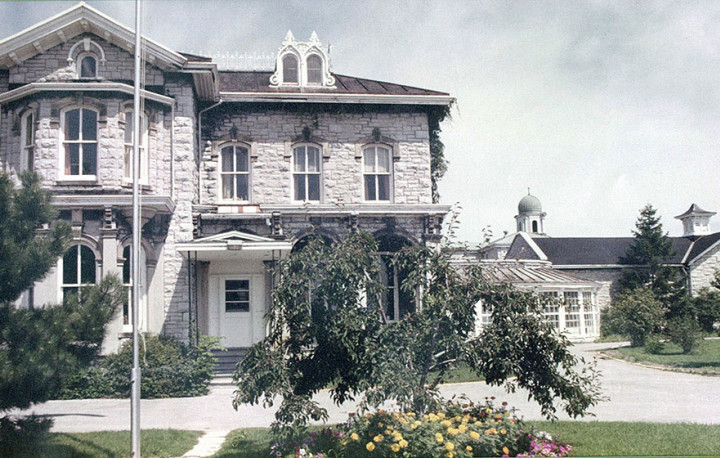
An unusual rope is strung around the room close to the ceiling. It is 41 and a half feet long and made of bedsheets knotted together. An inmate used it to escape over the front wall of the Prison for Women in Kingston, Ontario, on September 1, 1973. She was caught in Vancouver 23 days later.
The rope is a unique piece of corrections history. It is one of the curious artifacts that draws over 1,000 people a week to Canada’s Penitentiary Museum. The museum building itself is a piece of history. The stately, three story, limestone house was built across the street from the Kingston Penitentiary by inmates for the prison’s warden. This year, the house, formerly known as Cedarhedge, celebrates its 150th birthday.
In 1871, Prime Minister Sir John A. Macdonald authorized the construction of the warden’s residence. Inmate work gangs began digging the cellar in May 1871. They laid the first foundation stones in June out of limestone from a nearby quarry. Construction took two years.
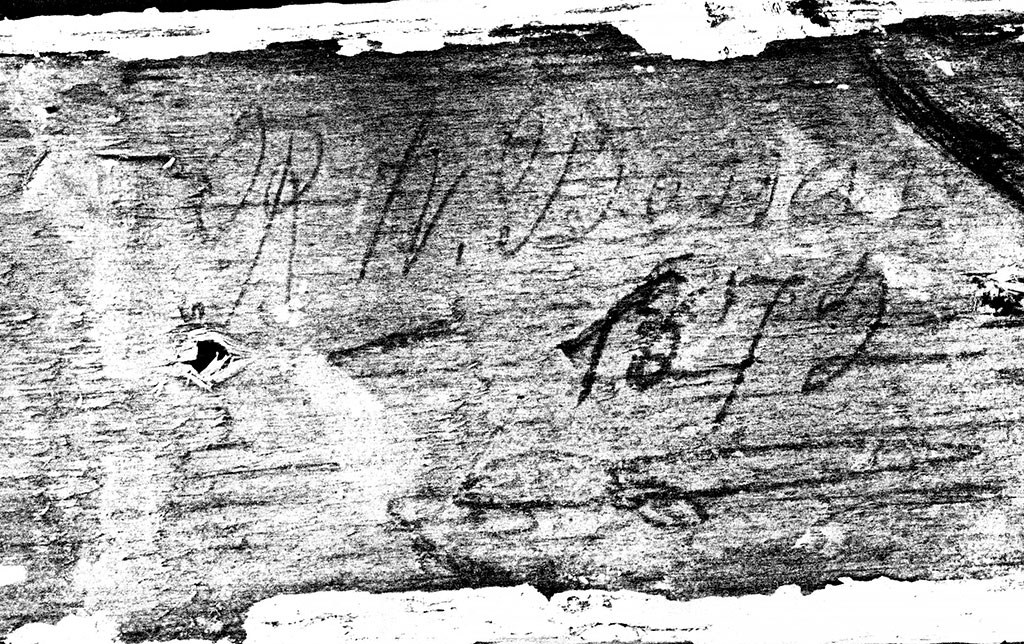
Warden John Creighton, his six children, and his father moved into their new home on August 28, 1873. For the next 60 years, Cedarhedge was home to eight successive wardens and their families.
Dozens of individuals worked on building Cedarhedge. We know the names of only a few—usually when they misbehaved or left graffiti. On June 27, 1871, A. Forey and A. Minville were caught smoking while digging the basement. In 1872, one of the inmate carpenters, Richard W. Bessant, sketched a horse head on the underside of a floorboard that accessed the gas lighting. He also carved his name into the back of a door frame he built.
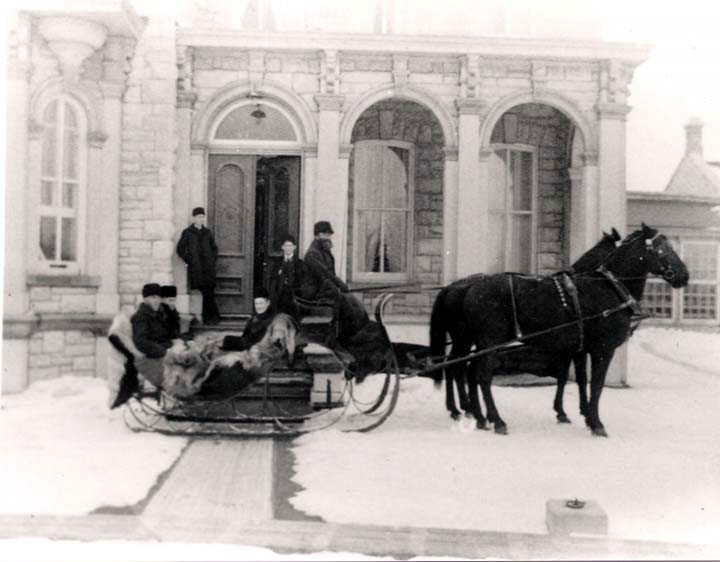
Life at Cedarhedge was a luxurious one. The position of warden was very prestigious, and social activities, such as afternoon teas and receptions, were common and regularly written up in the local newspaper. The house was full of life, with children and entertaining guests. Babies were born in the house and people died there. At least one warden’s funeral was held in the house.
There were two weddings and three wedding receptions on the West lawn. The last wedding, in June 1999, was Cathy Gibson’s, the great-granddaughter of Kingston Penitentiary Engineer Arthur Pedder. Her grandmother had been married in the exact same place 51 years earlier.

At its peak, the West lawn boasted a formal garden with paths that led through an apple orchard to a gazebo. A small group of prisoners and staff from Kingston Penitentiary worked on the extensive terraced grounds each day. They tended the ornamental flower and vegetable gardens at Cedarhedge, as well as the deputy warden’s residence, and inside Kingston Penitentiary.
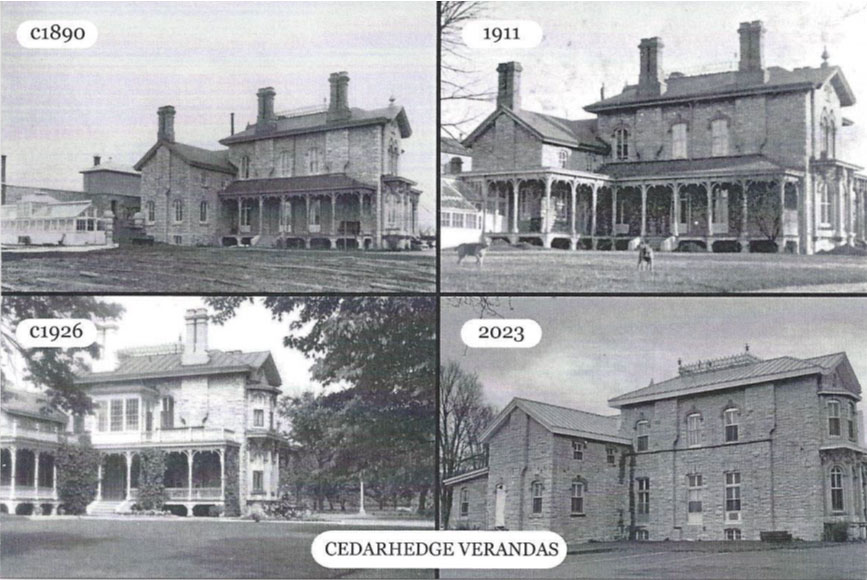
“There were inmates working as cleaners over the years,” said Curator Dave St. Onge. “When we still had the Prison for Women, inmates would clean admin offices.”
The house has its share of secrets… and inmate-related escapes and incidents.
On February 10, 1872, inmate George Kirby was working on the construction of the house when he lowered himself from a second-floor window. On May 17, 1886, inmate Levi Kirvain, wearing his half black and half white convict uniform, walked away from the mason gang working on a wall behind the residence. He was last seen waving his hat at men working on the neighbour’s roof.
On December 4, 1888, thieves broke into the warden’s residence and stole a ham and other food items. They then broke into a boathouse in nearby Portsmouth Harbour, cooked the ham and ate it. On August 14, 1920, two inmates managed to steal Warden Ponsford’s car. They eluded pursuit from officers until 1921, when a woman in Detroit turned them in. It’s fair to say many other escapees were recaptured quickly, though.
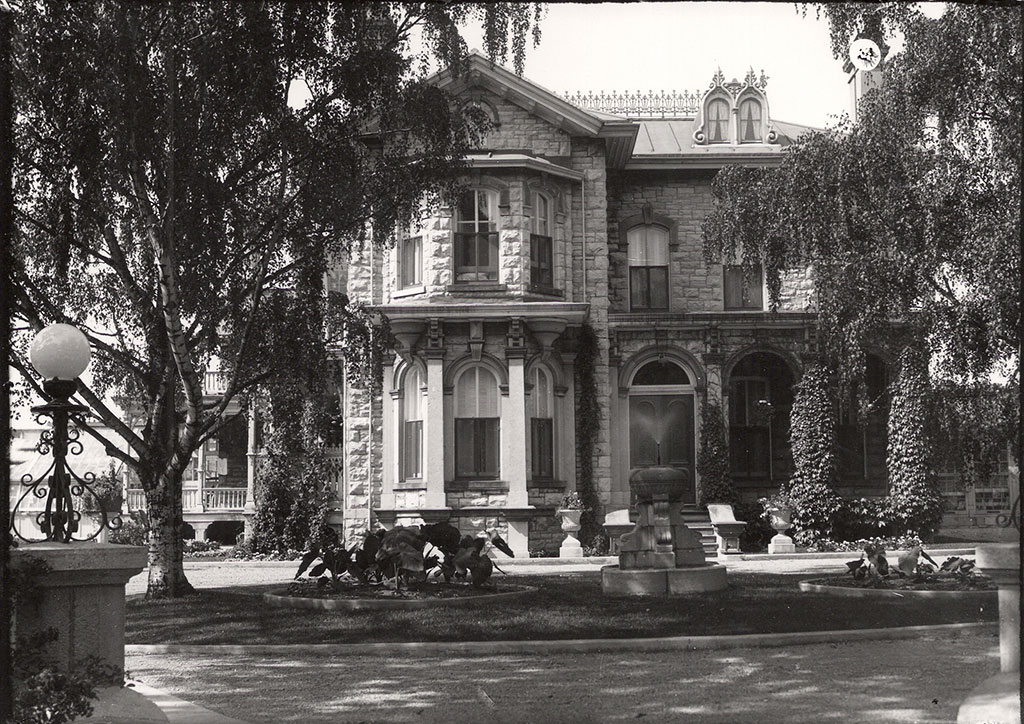
In 1933, Cedarhedge was converted to administrative offices. Until the 1950s, the prison’s plant engineer lived in a small apartment at the rear of the house, so he could be onsite 24/7.
The house became the penitentiary museum on June 1, 1985, coinciding with the Kingston Penitentiary’s 150th anniversary. A smaller museum had been established in the attached Coach House in 1967. The larger warden’s house, with its many rooms, was a better facility to display the growing collection of museum artifacts and archival materials.
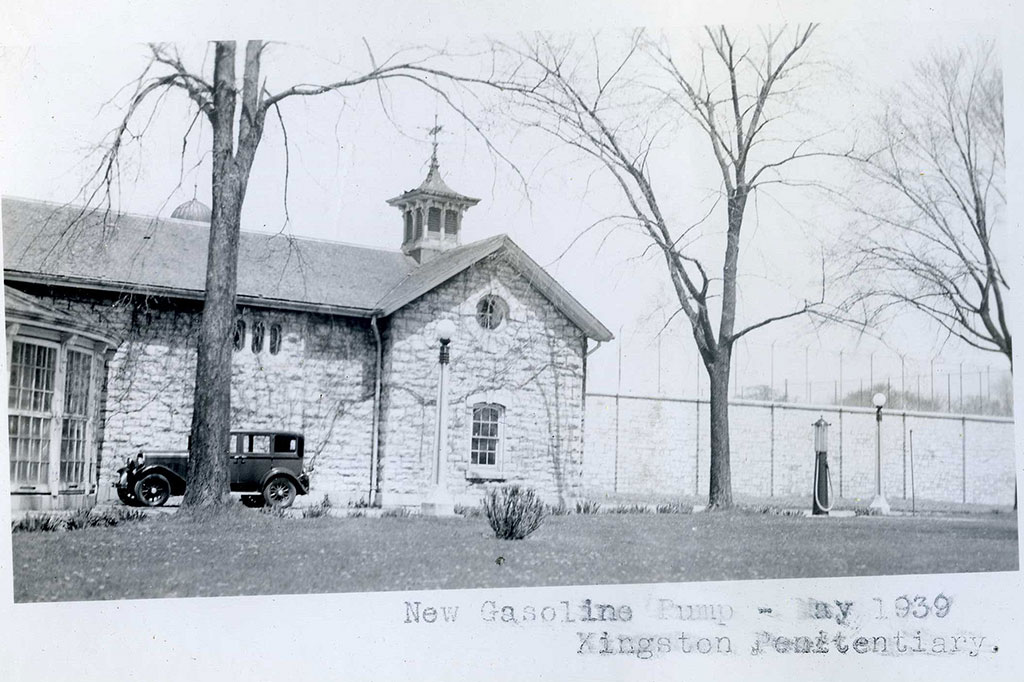
Today, escape paraphernalia, inmate art, contraband, uniforms, as well as punishment and restraint devices are displayed in the house’s eight grand, high-ceilinged rooms. The museum also houses two full-scale replicas of Kingston Penitentiary cells. One represents a typical cell of the Victorian period. The other is an example of the cells installed in Kingston Pen in the 1990s.
One museum piece that gets a strong response from visitors is a brown, wooden, coffin-shaped box with a hole in the lid for breathing.
“It is a replica of an isolation box that they used in the 1840s at Kingston, Pen,” said Dave. “They started using this form of isolation to be locked in the box from 15 minutes to nine hours.”
In another room, a large, glass case displays improvised weapons called shivs or shanks—886 of them. These weapons are made by inmates, mainly for self defence, out of everyday objects, such as toilet brush handles, window screen frames, toothbrushes, and wooden pencils. The shivs were confiscated by correctional officers at Millhaven Institution between 2004 and 2008. Non-metallic weapons are easier to hide and not picked up by metal detectors.
On the museum’s second floor, paintings and art created by inmates are displayed.
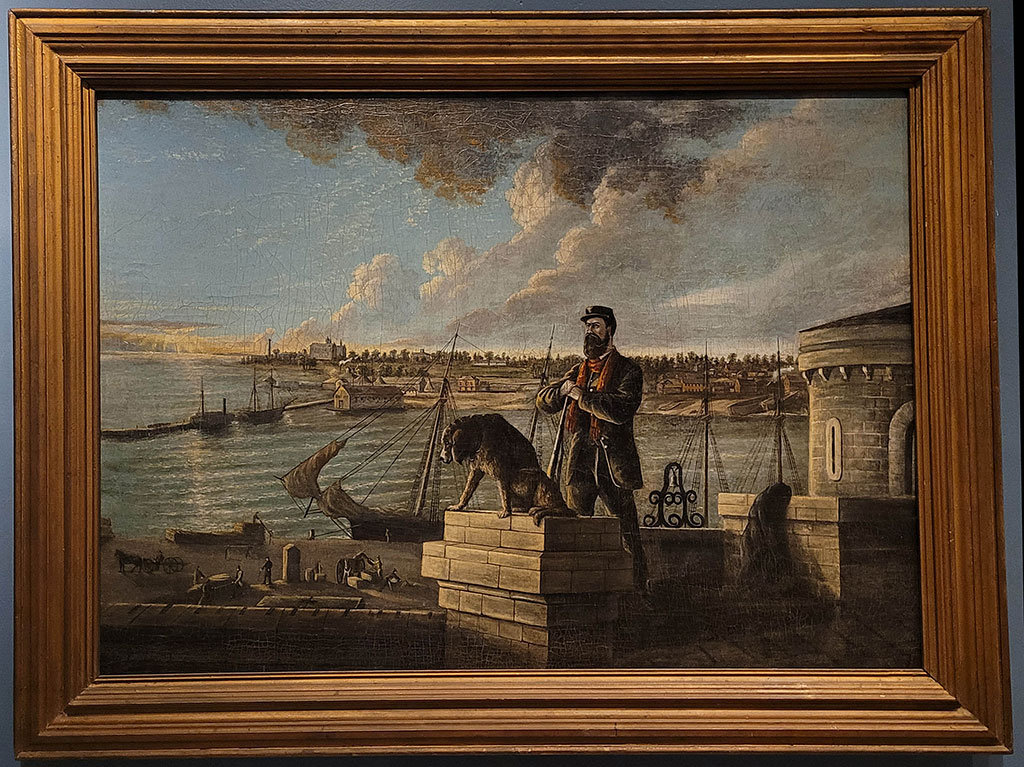
“The entire art room, I think, is a stupendous attraction,” said Cameron Willis, assistant curator. “You know, as a counterpoint to the shiv room with the contraband and all these knives and weapons.”
Kingston Penitentiary closed in the fall of 2013. The museum’s exhibits have enhanced the public tours at the unoccupied prison since. The museum has earned several distinctions. In 2019, it was inducted into the Tripadvisor Hall of Fame. It has twice received the Greater Kingston Chamber of Commerce Business Excellence Award for Hospitality & Tourism, in 2002 and then in 2022.
There is no doubt this is an award-winning museum. Walking through it, the unique exhibits, and house itself, gives an appreciation of how corrections have changed and improved over the last 150 years.

